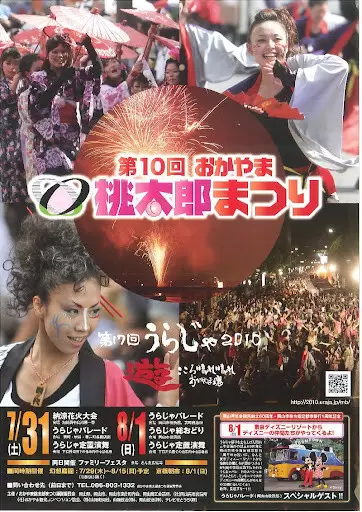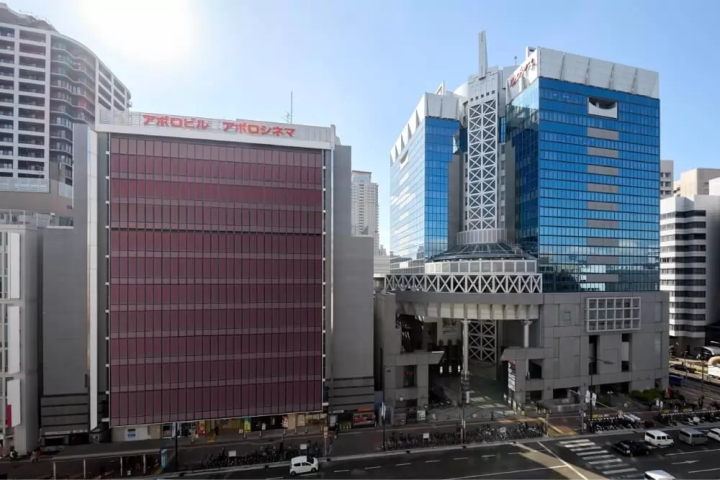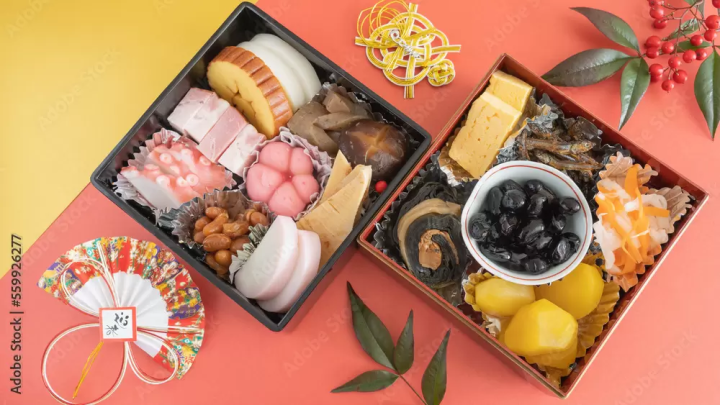What is this "Uraja" that has Okayama so excited?

"Uraja" is a familiar sight to the locals as one of Okayama 's seasonal features. It is a major event at the summer festival held in Okayama City , Okayama Prefecture , and includes the dynamic dance accompanied by the ondo music, as well as the music used for it...all of these are part of "Uraja." The Okayama Momotaro Festival, which is held every summer in the center of Okayama City, has been canceled for the second year in a row due to the impact of COVID-19. However, Uraja continues to evol...
What is "Uraja"?

"Uraja" was born from the legend of Momotaro, which has been passed down in Okayama Prefecture for a long time and depicts the battle between Kibitsuhiko-no-Mikoto (said to be the model for Momotaro) and Ura (a demon god). One theory is that Ura (Ura), who is said to have contributed to the development of Kibi Province and is still enshrined today, was combined with the Okayama dialect "-ja," making it a familiar word in Okayama. We hope that "Uraja" will inspire people to take an interest in local history and culture, and that it will foster people who can take action for the city. With this wish in mind, "Uraja" has been nurtured among the citizens as a unique Okayama culture with the theme of "coexistence and harmony," and has become a major movement with each passing year, with its meaning expanding.
"Uraja" is released to the public
"Uraja" began as an event in 1994 with the hope that it would serve as a catalyst for town development, human development, and happiness. At the time, it was held independently as Okayama City's autumn festival, "Uraja." Since 2001, "Uraja" has been held in the summer as part of the "Okayama Momotaro Festival," a major event held annually in the center of Okayama City .
The history of "Uraja"

[Photo: 2010 poster]
The "Uraja" event, which began with the "Sou Odori" dance, in which dancers, spectators, and stagehands join forces to return Ura's spirit to heaven, is now celebrating its 30th anniversary this year. Run primarily by local residents and mostly by volunteer staff, "Uraja" has become established in the city of Okayama as a story-driven, citizen-participation festival rooted in the region, culture, and history of Okayama . In recent years, many dancers have participated every year, not only from Okayama City and the prefecture, but also from outside the prefecture, and now "Uraja" has become one of Okayama City's signature summer events, leading to the saying, "Summer is Uraja!"
"Uraja" spreads

[Photo: 2015 poster]
---We want to try "Uraja" too! Various "Uraja" activities have spread all over the country. And one after another, "dance groups" that come together as a team to perform "Uraja" have been born. There are a wide variety of ages and members participating, including local children's groups, corporate clubs, and groups of a wide range of ages from children to adults. The number of "Uraja" entries for the Okayama Momotaro Festival has also continued to increase year by year.
The diverse and fascinating "Uraja"

[2016 Poster]
The dynamic movements of the "Uraja" dance troupes are broadcast live on the local cable TV station "oni Vision." Each dance troupe stands out with its own unique style and costumes, and even watching the footage is overwhelmingly powerful. On the day of the event, you must also see the "Ura makeup," in which the dancers use makeup to portray the appearance of demons! On the day of the festival, there will be a booth where visitors can try on Ura makeup, and both dancers and spectators can enjoy wearing Ura makeup together.
City Hall Street

The photo shows City Hall Street, one of the most exciting locations where the summer "Uraja" dance performances are broadcast on television. This is a major street that runs straight from Okayama(Korakuen Exit) to Okayama City Hall, and you can see Okayama City Hall at the end of the street. ♪ Clear, Ozora of Kibi Country - Uraja, Uraja, Ura~ja~♪ You can almost hear the familiar sound of "Uraja."
"Uraja" becomes a manhole cover!

Local manhole covers are popular all over the country these days, and in the summer of 2020, the "Uraja Manhole" appeared on this main street. These vibrantly colored manhole covers stand out even on the street, and have been installed in six locations along City Hall Street. In 2020, entries for the "Uraja Manhole" were publicly solicited from Okayama residents, with three works selected from the "Elementary School Students," "Junior High/High School/University Students," and "Adults" categories. We'll take you on a walking tour of the "Uraja Manhole," which features the winning design.
"Uraja Manhole" Elementary School Division Award Winning Work

This is the winning entry in the "Elementary School Division." The work is hand-drawn and uses tasteful colors, and the heroic dancing figures and the character for "demon" (oni) are powerful.
"Uraja Manhole" Junior and Senior High School/College Student Division Award Winning Work

The winning works in the "Junior High, High School, and University Student Division" stood out with their clear, vivid colors. The bright, lively smiles on the works were lovely.
"Uraja Manhole" Adult Division Award Winning Work

Here is the winning entry in the "Adult Division." It is a three-dimensional, elaborate design that packs many elements of "Uraja" into a circle. Ura's gentle smile conveys the love that the people of Okayama have for Ura.

The only place in Okayama City where you can find "Uraja Manholes" is on City Hall Street. If you come here, you can recall the vitality and energy of Uraja all year round. And if you come to Okayama, be sure to check this out too! Manholes with Momotaro designs can be found in various places in central Okayama City.
The evolution of "Uraja" continues

[2019 Poster]
"Uraja" has grown and is loved by the people of Okayama, and is now spreading to people outside the prefecture as well. It has become a part of Okayama City culture, and I believe it will continue to evolve widely and deeply in the future.

[Photo provided by Uraja Promotion Association]
Okayama Prefecture is located in the Center of Western Japan and is known as the "Land of Sunshine" due to its warm climate and little rain throughout the year. It's conveniently located halfway between famous tourist destinations like Kyoto, Osaka, and Hiroshima! It's also the gateway to Shikoku via the Seto. Okayama is also known as the "Fruit Okayama," and the fruits that are sun-drenched in the warm climate of the Setouchi are of the highest quality in terms of sweetness, aroma, and flavor. You can enjoy seasonal fruits such as white peaches, Muscat grapes, and Pione grapes! Okayama is also home to world-class tourist spots, including Okayama Castle, Okayama Korakuen Garden, one of Japan's three most famous gardens, and Kurashiki Bikan Historical Quarter, which boasts history, culture, and art!
The contents on this page may partially contain automatic translation.































